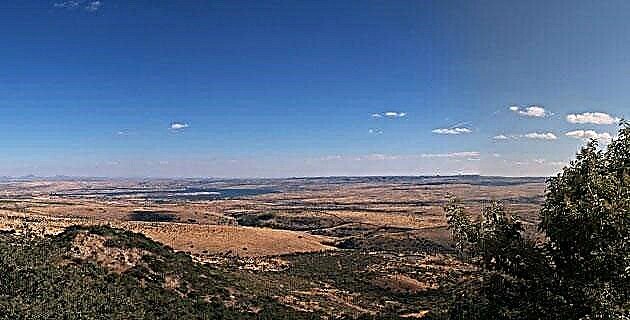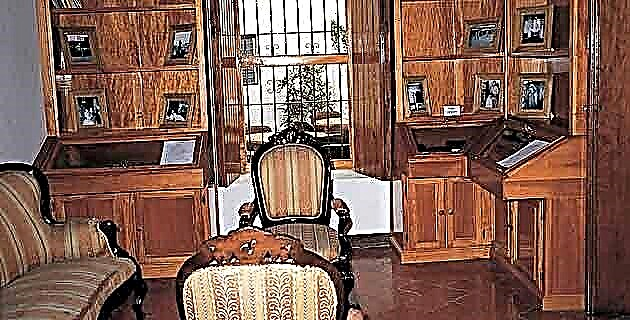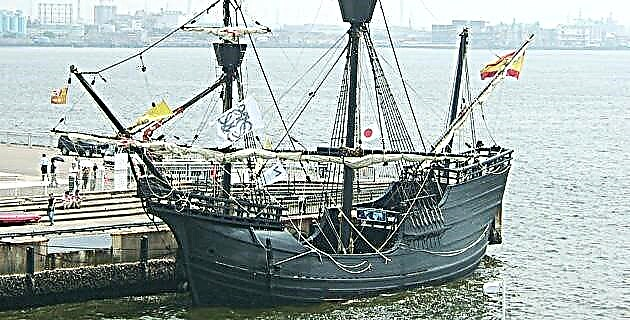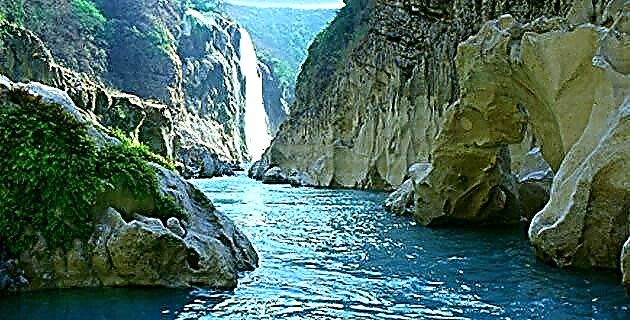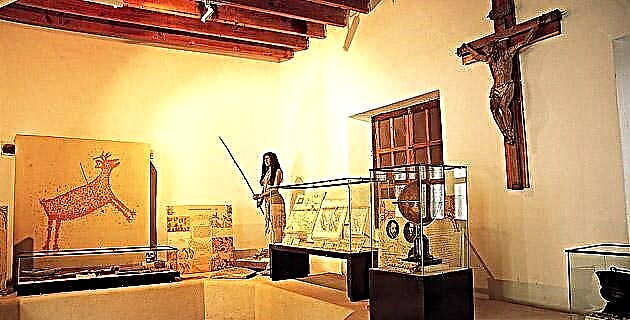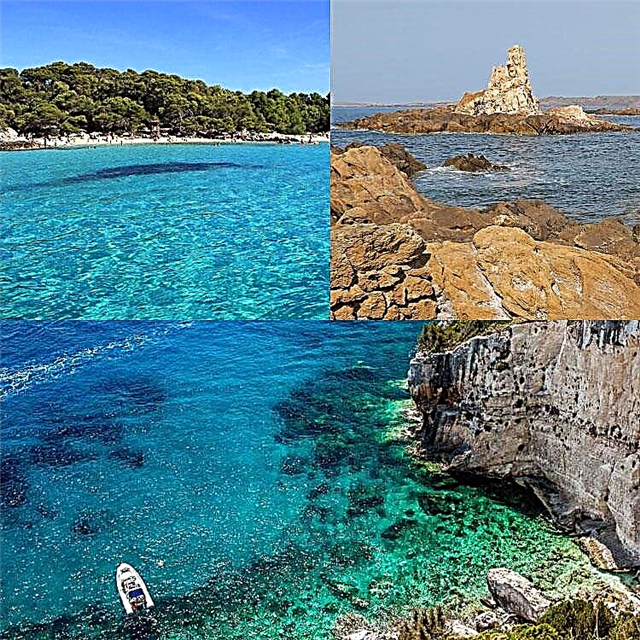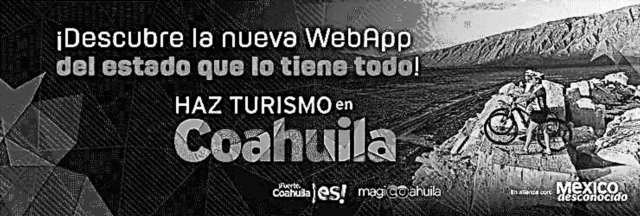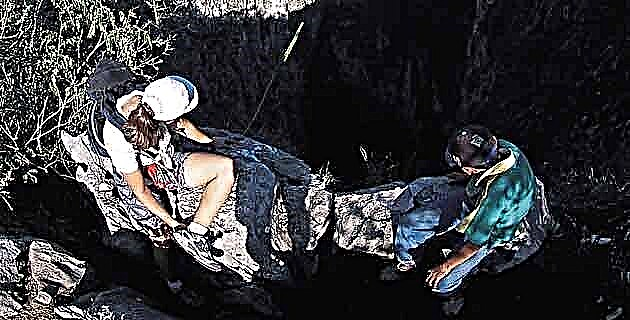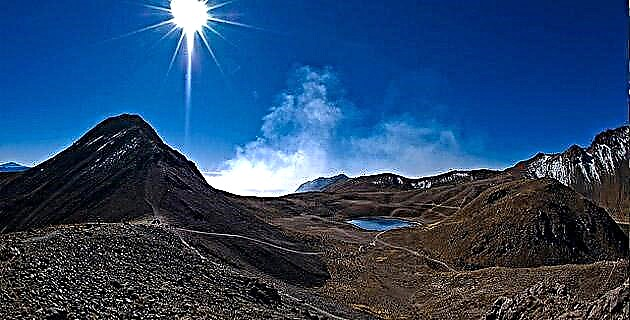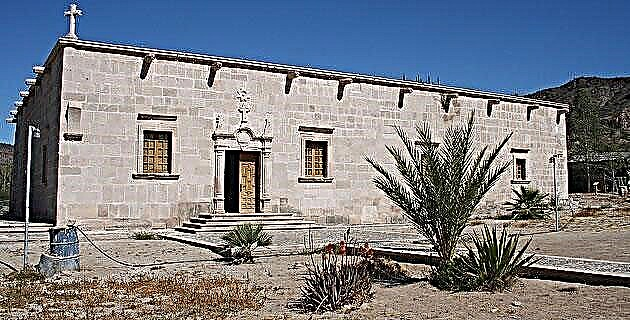
The foundation of what would become the Mission of Santa Gertrudis la Magna de Cadamán, in Baja California, was the work of Father Fernando Consag (Conskat).
On June 4, 1773, Fray Gregorio Amurrio, complying with Father Francisco Palou's orders, “voluntarily and willingly surrendered…” the church, sacristy, house and field of the Mission of Santa Gertrudis la Magna, in addition to "The jewels and utensils of church and sacristy and everything else that belongs to this mission." This delivery would include the Cochimí Indians who made up, not only the Mission itself, but the rancherías that would be formed in its shelter. Said delivery of the Cochimíes was not made as that of objects or possessions, but as of beings that should remain under the protection of the Dominican preachers into whose hands all the Jesuit work would pass after its dissolution. In this way the great missionary epic, begun in Baja California in 1697, of the Society of Jesus was concluded.
The foundation of what would become the Mission of Santa Gertrudis la Magna de Cadamán, as it would be known, was the work of Father Fernando Consag (Conskat).
Ferdinando Conskat was born in Varazadin, Croatia in 1703. He came from the Mission of San Ignacio Kadakaamán, founded in 1728 by Father Juan Bautista Luyando; he knew the region well, as he had dedicated himself to exploring Alta California and had sailed the Gulf of Cortez; Furthermore, he had spent a year learning the Cochimí language before embarking on his expedition that would depart from the Loreto Mission, in the company of the notable blind convert Andrés Comanjil Sestiaga, who was his greatest support in the new foundation. The Marquis of Villalpuente and his wife, Doña Gertrudis de la Peña, had been the sponsors of this mission, which would take the name of Santa Gertrudis la Magna in honor of its patron saint.
At last, after arduous days of hiking under the burning desert sun, in a beautiful rocky oasis, at the foot of the great rugged mountain range called Cadamán, between the Gulf Coast and the 28th parallel, the ideal site for the foundation was found. Once the site was decided, Father Consag -who would die shortly after- left the mission to his successor, the German Jesuit Jorge Retz. Retz, "tall, blond, and blue-eyed" was born in 1717 in Düseldorf. Like his predecessor, he studied the Cochimi language. Already Father Consag had left a good number of Cochimi neophytes, a detachment of soldiers, horses, mules, goats and chickens in order to establish a mission in good shape.
Helped by Andrés Comanji, Retz discovered a water hole and carving three kilometers of rock, helped by the Cochimíes, brought the necessary liquid. In order to feed the future Christians who came from the surroundings, the land was turned to sow and, needing wine to consecrate, Retz planted the vineyards whose vines would be, among others, the origin of the magnificent Baja California vineyards. It should be remembered that the Crown prohibited the planting of vineyards and olive trees in order to avoid competition, but the monasteries were exempt from this prohibition, since wine was essential in the mass.
It was stored in rough containers carved out of rocks, covered with rough boards and sealed with leather and the sap of the pitahayas. Some of these containers are kept in the small, but suggestive open-air museum created by the mission's enthusiastic restorer, Father Mario Menghini Pecci, who is also in charge of the San Francisco de Borja Mission! The tireless Italian missionary has hard work before him!
In 1752, Father Retz began the construction of what would be a magnificent mission dedicated to the German Saint Gertrude, which was much to the delight of the German Retz. The plan would be horizontal and angled in order to house, at one end, the church and its dependencies and at the other the rooms and warehouses. Built with well carved and polished ashlars chiseled in the living rock, as can be seen in the first phase of the restoration, it preserves, like a large number of Baja California missions, medieval reminiscences, together with the architectural memories that the missionaries brought from their country. The access door to the church is flanked by columns topped by finely decorated obelisks. Particularly beautiful are the door and the window in the corner that constitutes the section dedicated to accommodation, both finished in ogee arches and which by the way need urgent restoration. The vault of the presbytery that threatened to collapse, but which has been restored in the first phase, since the previous one was defective, has Gothic ribs that converge in a circle with the emblem of the Dominicans, heirs of the mission, is dated 1795. The belfry, with its bells from the time - very often donated by the kings of Spain - is a few steps from the church. From Santa Gertrudis the rancherías depended - in addition to "the house" - inhabited, among others, by the Kian, Nebevania, Tapabé, Vuyavuagali, Dipavuvai families, among others. The ranchería of Nuestra Señora de la Visitación or Calmanyi continued, with more families, until there were a total of 808 people, all of them evangelized and well prepared, not only in religious matters, but in new crops such as the vine and the of wheat. In our days, the mission is inhabited by a single family who is in charge of it; however, hundreds of devotees of Saint Gertrudis la Magna come to her, who make their pilgrimage, arduous in itself, in thanks and ancestral requests, before the graceful figure of the Saint, represented in a stew, very possibly Guatemalan, eighteenth century.
Source: Mexico in Time # 18 May / June 1997

